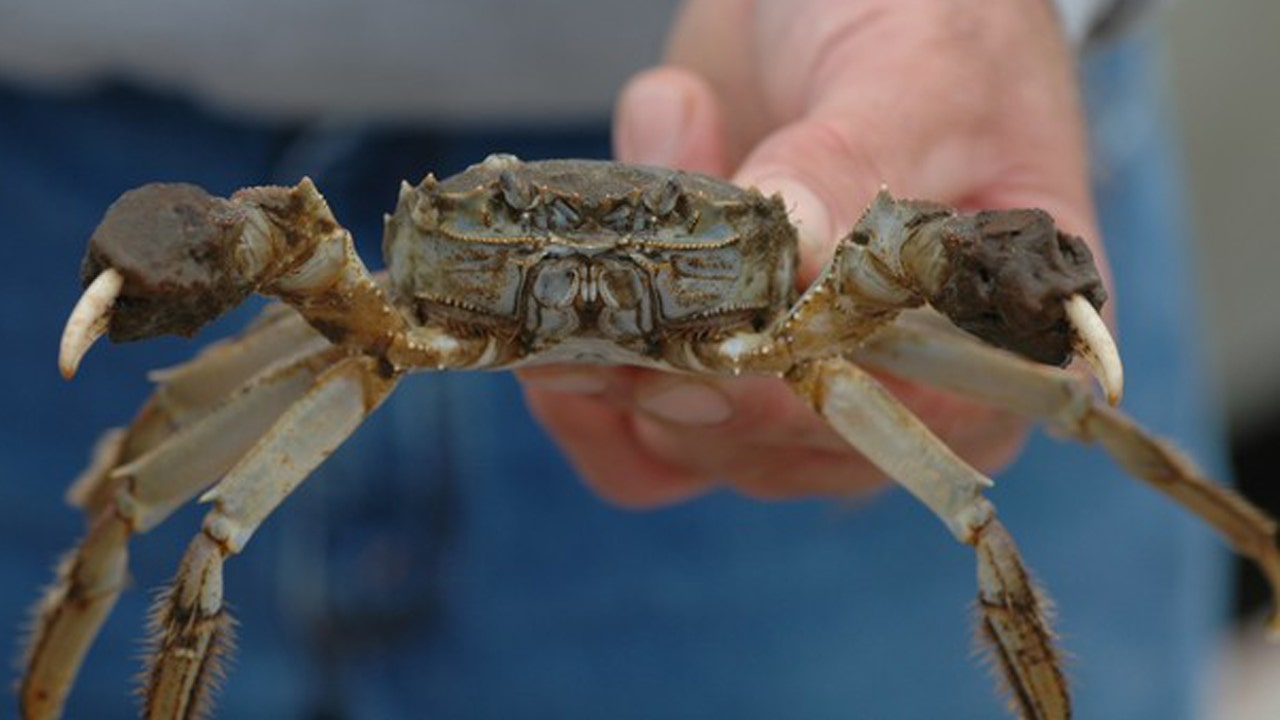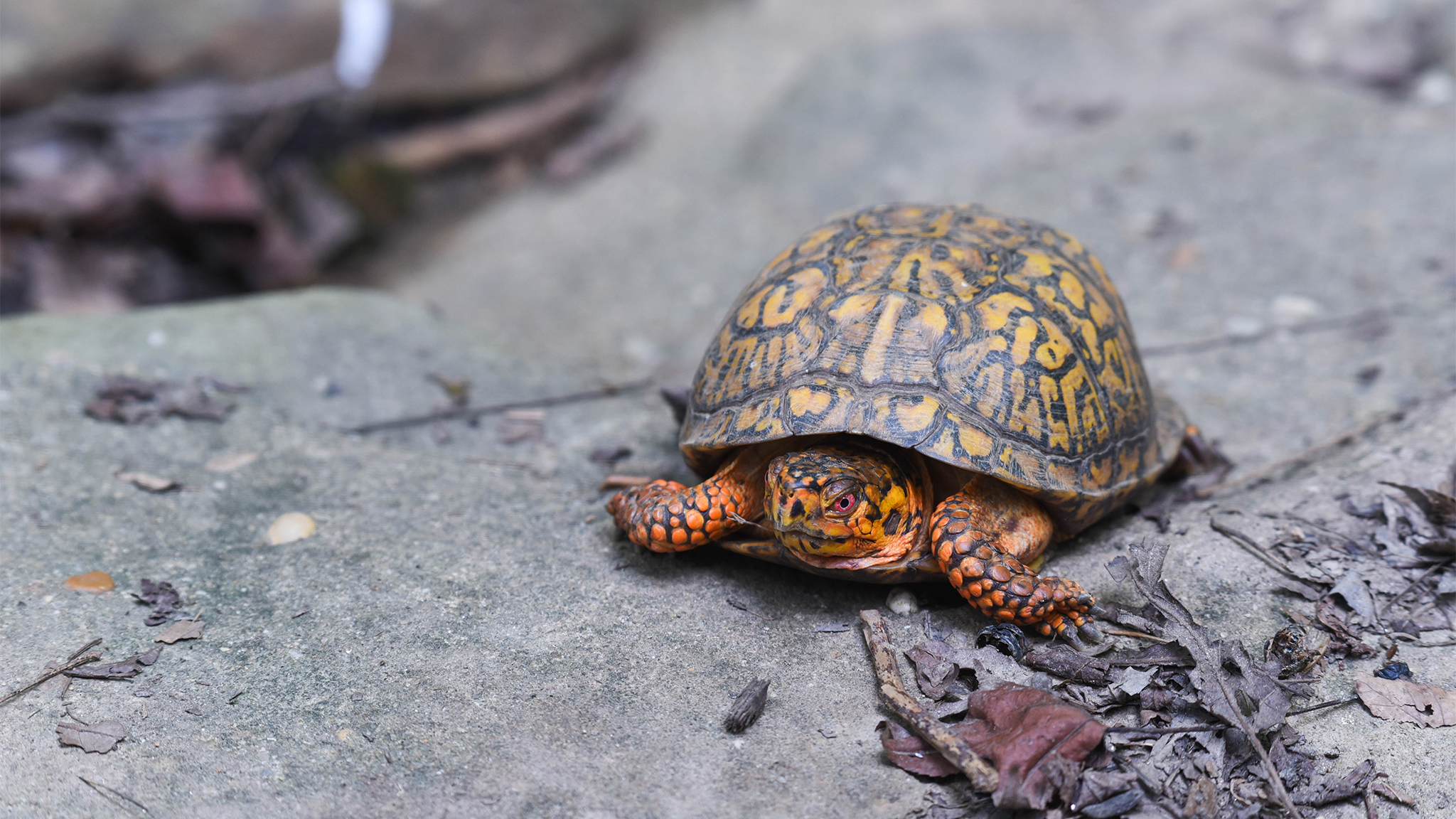

Blue catfish can grow up to 100 pounds, live up to 20 years and are thought to make up 75 percent of the fish biomass in some portions of the Bay.ĩ. The fish feeds mainly on shad, menhaden, blue crab and river herring and has few natural predators that can prevent it from out-competing native species. Blue catfish are considered invasive because of their active reproduction rates and large appetite for native fish and shellfish species.

It is native to the Mississippi, Missouri, and Ohio river basins but was introduced to the James, Rappahannock, and York rivers during the late 20th century. Blue Catfish. The blue catfish is a large, smooth-skinned fish with a bluish gray body and whisker-like barbells around its mouth. Use the list below to identify 10 invasive species in the Bay watershed.ġ0. Although not all invasive species are a threat, it is important to know which ones can and have caused widespread damage. Typically, non-native species travel to new areas by hitching rides on trade ships, travelers’ luggage and recreational vehicles. The Bay is a vacation destination, shipping hub and home to more than 17 million people, a combination that puts it at high risk for invasive species introduction. These invaders have the power to out-compete native species, causing damaging effects to ecosystems and local economies, and the Chesapeake Bay is no stranger to these obtrusive critters. (Photo by Will Parson/Chesapeake Bay Program)Įvery day, non-native plants, pests and diseases are introduced to the United States from around the world.


 0 kommentar(er)
0 kommentar(er)
